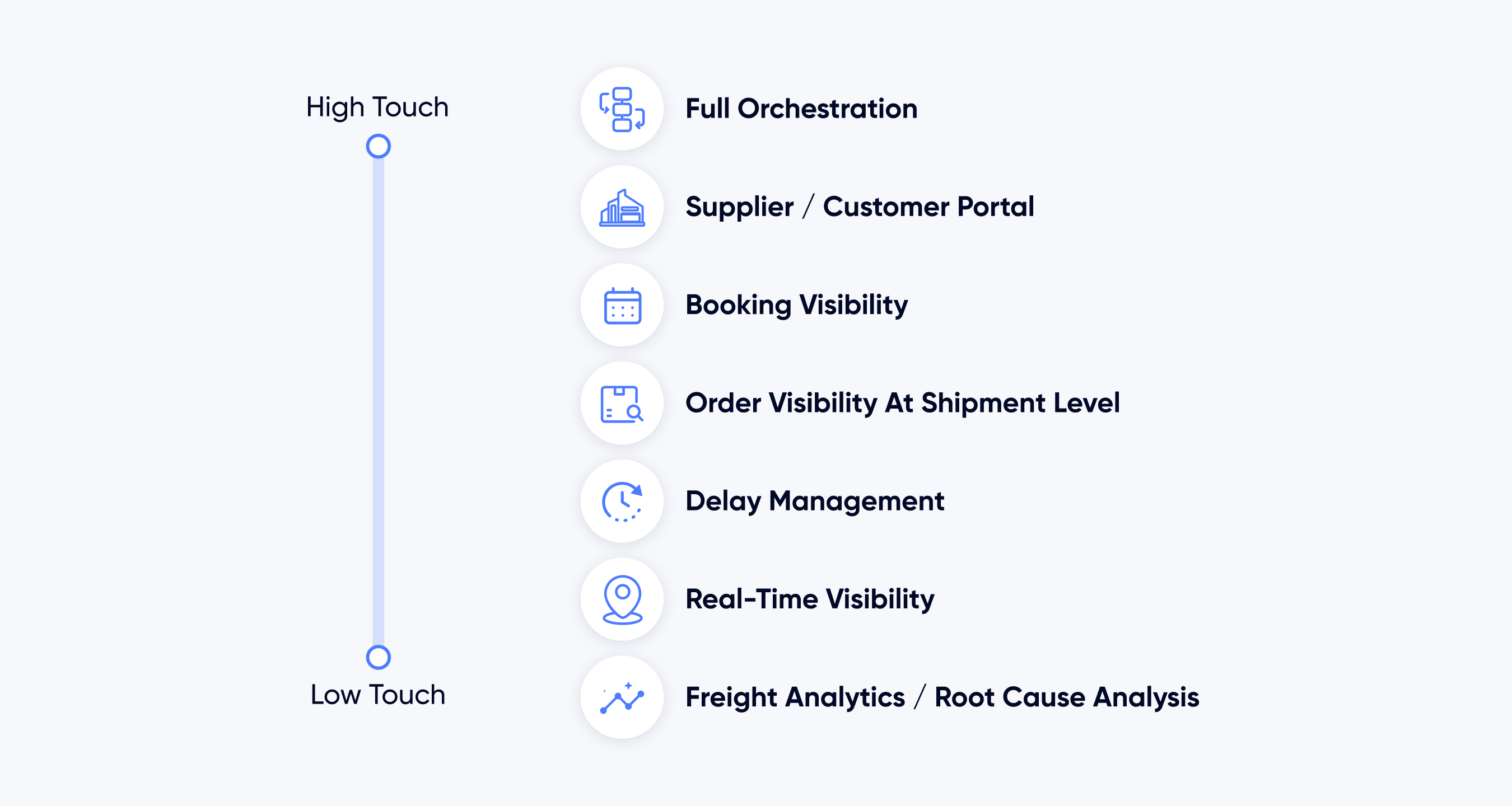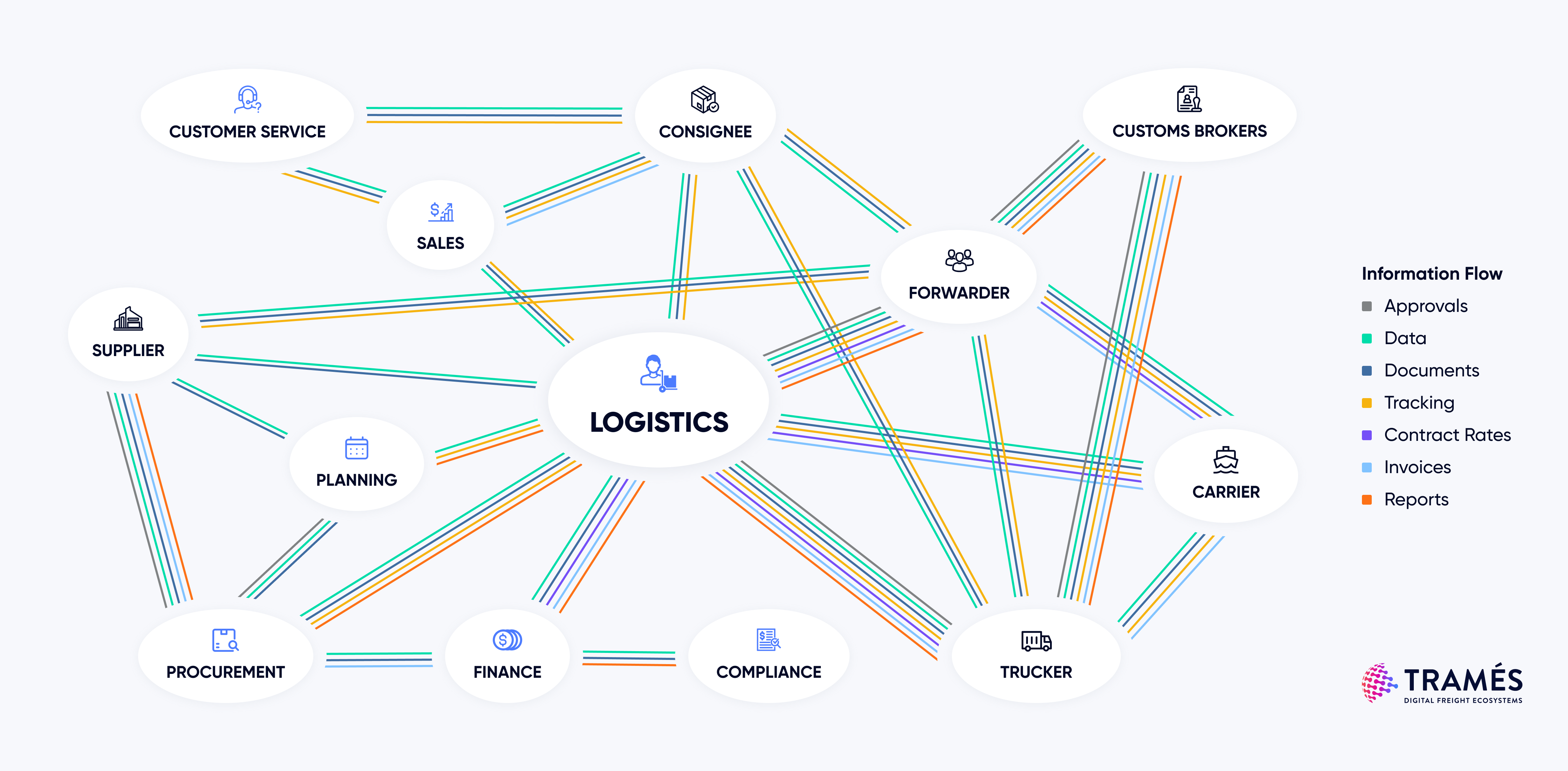Insights
In today's rapidly evolving technological landscape, supply chains find themselves with a large and intricate network of stakeholders, partners and vendors. This network is managed through an array of diverse systems and communication channels. However, the true challenge of this interconnectivity lies the seamless flow of information, ensuring that crucial data is effectively relayed between stakeholders. Unfortunately, the common consequences of this complexity are miscommunication, data silos, and operational inefficiencies. These issues often remain unmeasured and are brushed aside, leading to their exacerbation over time.
Complementary technologies are emerging as bridges for seamless interconnectivity, facilitating communication and data exchange within the ecosystem. Their purpose is to enhance the capabilities of existing systems, offering comprehensive solutions that surpass the potential of individual technologies. When used together, these technologies create synergistic effects, resulting in improved efficiency, functionality, and outcomes.
Key Benefits of Complementary Technologies
- Enhanced Efficiency
By integrating complementary technologies, organisations can streamline their operations, reduce manual interventions, and automate processes.
- Real-time Collaboration
Complementary technologies enable real-time collaboration between internal and external stakeholders, fostering quicker decision-making and response times. This is particularly critical in industries where time-sensitive actions are required.
- Data Accuracy and Consistency
These technologies ensure that data remains accurate and consistent across systems. This is vital for making informed decisions and avoiding discrepancies that can arise from conflicting information.
- Scalability and Flexibility
Complementary technologies are designed to be scalable and flexible, accommodating the changing requirements of both internal processes and external interactions.
- Improved Stakeholder Experience
When systems seamlessly communicate with each other, it becomes easier to provide a consistent and enhanced experience for customers, vendors and partners.
- Competitive Advantage
Organisations that successfully implement complementary technologies gain a competitive edge by responding faster to market changes, offering innovative solutions, and building stronger relationships with stakeholders.
Learn how Cotton On drove actionable improvements by digitalising upstream root cause analysis
Use Cases of Complementary Technologies in Freight Operations

Staying Ahead of Digital Transformation
As organisations continue to embrace digital transformation, the role of complementary technologies as intermediaries between existing systems and external stakeholders is becoming increasingly crucial. These technologies bridge the gap between siloed systems, enabling seamless communication, data exchange, and collaboration. The ability to integrate and leverage these intermediary solutions will undoubtedly shape the success of organisations in the years to come.
This article is brought to you by Tramés, a comprehensive logistics management solution designed to give shippers complete control and visibility over their freight transport operations. Our agnostic platform digitises and streamlines logistics processes by integrating fragmented data, legacy systems, and a diverse network of partners for a highly efficient supply chain. Book a demo to learn more.



















